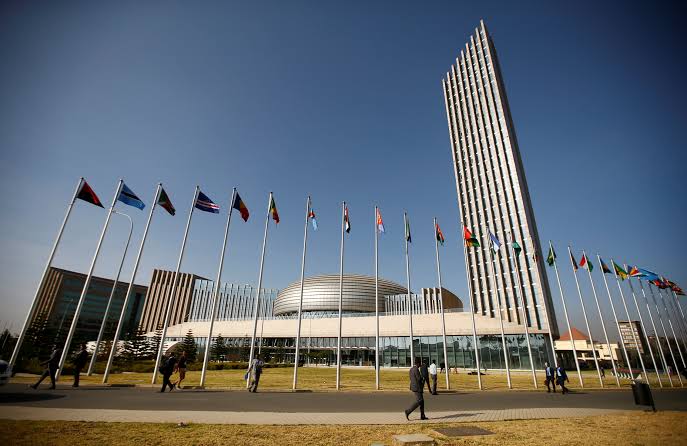The African Union (AU) has launched a strong campaign urging the global community to adopt a world map that accurately represents the true size of the African continent. This effort challenges the outdated and widely used Mercator projection, which has distorted Africa’s size for centuries, diminishing its perceived significance on the global stage.
The Problem with the Mercator Map
The Mercator projection was created in 1569 by cartographer Gerardus Mercator primarily for maritime navigation. While it preserves land shapes, it drastically distorts the relative sizes of continents. Land masses near the poles, such as Greenland and North America, appear much larger than they actually are, while equatorial regions like Africa are shown much smaller than reality.
On Mercator maps, Africa is often depicted as roughly the same size as Greenland, despite Africa’s true area being approximately 30.37 million square kilometers compared to Greenland’s 2.16 million. This longstanding cartographic distortion has misled generations, reinforcing misconceptions that Africa is marginal in size and importance.
Impacts of the Distortion
African Union Commission Vice President Selma Malika Haddadi emphasizes that the inaccurate portrayal of Africa’s size in educational materials, media, and maps used in international policy has entrenched harmful stereotypes. These distortions damage Africa’s identity and undermine the continent’s rightful place in global affairs.
The Call for Change
Supporting the “Correct The Map” campaign spearheaded by African advocacy groups such as Africa No Filter and Speak Up Africa, the AU advocates for the use of the 2018 Equal Earth projection. This newer map projection accurately maintains the relative size of countries and continents, correcting the inequalities propagated by the Mercator model.
The AU envisions the Equal Earth map being integrated into African school curricula, used by global institutions, and adopted by media outlets worldwide to provide a truthful representation of Africa’s geographic scale.
Why Accurate Maps Matter
Moky Makura, Executive Director of Africa No Filter, describes the Mercator distortion as “the longest-running misinformation and disinformation campaign in the world.” She asserts that ending this distortion is critical for fostering cultural pride and self-esteem among African children and populations.
Correct representation on maps is also seen as a symbolic step toward rectifying historical injustices and demanding the global recognition Africa deserves on equal footing with other continents.
Progress and the Way Forward
Although some improvements have been made—such as Google Maps’ 2018 switch to a 3D globe view on desktops and some adoption of the Equal Earth model by the World Bank—many platforms, especially mobile apps, still widely use Mercator maps.
The AU plans to coordinate with its 55 member states and influential international bodies like the United Nations and the World Bank to drive widespread adoption of maps that accurately depict Africa’s true size.
Conclusion
The African Union’s campaign to replace the Mercator projection with maps showing Africa’s authentic scale is a significant cultural and political move. It challenges centuries of geographic misrepresentation, empowers African identity, and aims to secure Africa’s proper respect and acknowledgment in global discourse. Adoption of the Equal Earth projection would mark an important step toward a fairer and more truthful understanding of the world’s continents, with Africa fully recognized for its vastness and significance.

